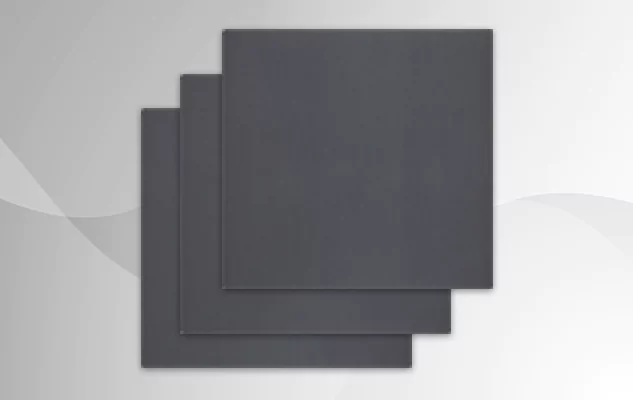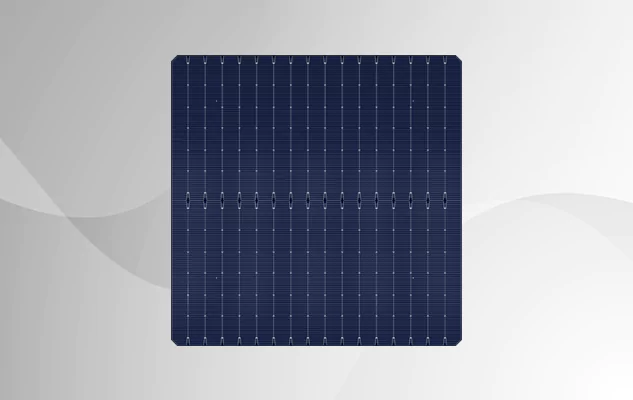Solarcell Academy
Stages of Cell Formation
Solar Cell Production Stages
Ingot production is the process of melting and slowly cooling high purity silicon and solidifying it into large, single crystal or polycrystalline blocks. In this process, crystal nucleation methods are used to ensure that the silicon has a uniform and homogeneous structure. The resulting ingots are made ready for wafer production to be cut into thin slices.
Wafer production starts by cutting large silicon ingots into thin slices. The cut wafers are passed through chemical baths to remove surface dirt and microcracks. The wafers are then treated with additives to impart specific electrical properties. Their surfaces are smoothed and polished. After cleaning, the wafers are tested for size, thickness, flatness and surface quality. After passing the quality control, the wafers are carefully packaged and made ready for solar cell production.
Solar cell manufacturing is the process of converting cleaned and additive treated wafers into functional cells that can convert sunlight into electricity. In this process, the wafers are treated with an anti-reflective coating, thin metal lines are added to collect the electric current through the metallisation process, and the cells are baked to ensure that these lines are firmly connected. Finally, the produced cells are tested, graded for efficiency and quality, and packaged.




